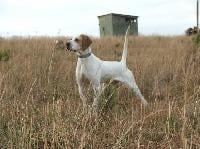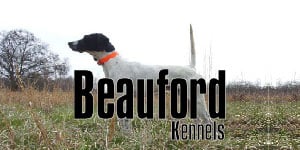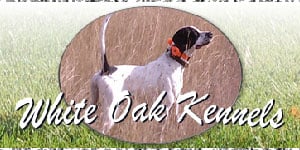Mountain Quail - Quail Hunting - Upland Hunting
View Recipes | Gamebird Services | Gamebird Hunts | View Photos

Description
Mountain quails are small rounded game birds with a small head, rounded wings, short tail, and their legs are short & strong. They've two distinctive plumes that stick off their heads. The males have longer plumes than females. Adult mountain quails have a rich brown olive above with a blue-gray chest and their chestnut flanks have black & white barring. It is also important to note that their throat is also a chestnut that has a white border.
Habitat
Mountain quails main habitat is dense brushes in wooded mountains or foothills. Normally, if you prefer upland hunting, you can find these bird species in pine-oak woodland, chaparral, and coniferous forests. At lower elevations, you can find mountain quails in scrubs or pinyon-juniper woods or in areas that have second-growth brush after clear cuts or fires. These birds are very hard to spot because they live in dense thickets.
Diet
Insects, leaves, bulbs, seeds, and berries are common foods for these birds although their diet varies from one season to another. However, these game birds eat large quantities of berries, seeds, acorns, green leaves, berries, bulbs, flowers, fungi, and some insects. When it's hot, these birds rarely go more than one mile from the water source!
Nesting
The nest is usually on the ground sheltered by logs, shrubs or grass clump. The females find a shallow depression on the ground in an area with dense cover to protect the young ones and eggs from predators. Then they line the nest with pine needles, leaves and grass needles. During courtship, the male quail birds face the females, droop their wings and fluffs their feathers to impress. The males are responsible for defending their territory.
Eggs
Female mountain quails usually lay 9 to 10 eggs although some vary between 6 and 15 eggs. The eggs range from creamy white to pale buff and they take 24 days to incubate. Incubation is done by the two sexes although females do it more often. The young ones leave the nest almost immediately after hatching and they are tended by both sexes. Although the young ones feed for themselves, the parents lead them to feeding areas and they are actively involved in protecting them. For instance, they can distract predators to lure them away from the nest or feeding zones.

















